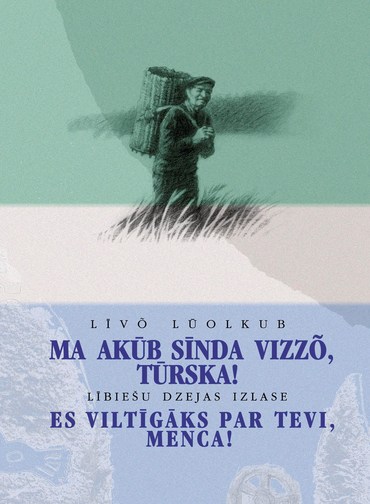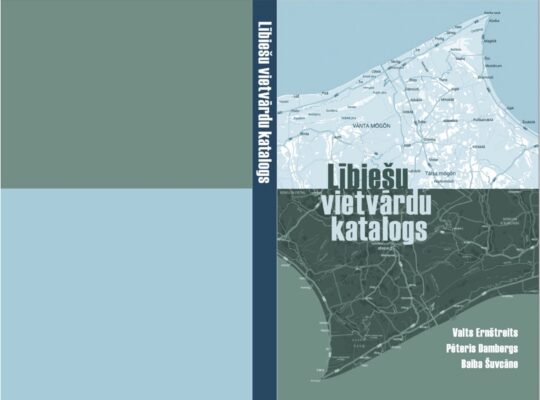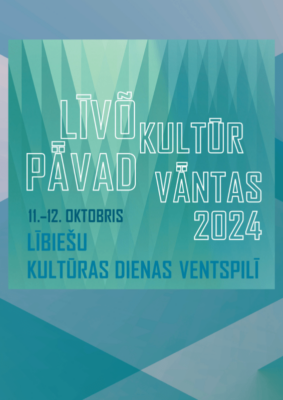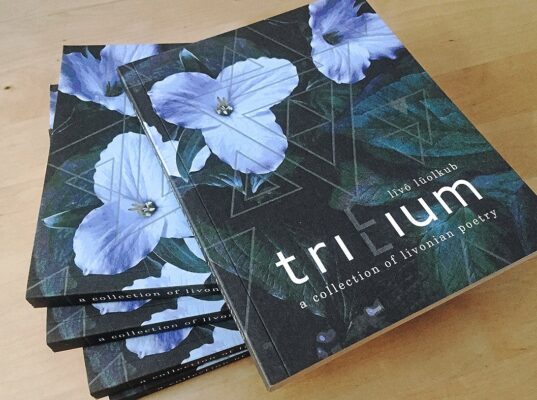Book review: Ma akūb sīnda vizzõ, tūrska!
The publication introduces just over a dozen Livonian poets from the 18th century to the present day. A short biography can be found under each author.

A bilingual poetry anthology introduces the history of Livonian poetry.
The anthology of the review is a Livonian-Estonian bilingual anthology that was published in 2011, dedicated to the Year of the Livonian Language and Cultre. The anthology is compiled by Valts Ernštreits and Karl Pajusalu. The work was first published as a Livonian-Latvian anthology in 1998. At the time it was the first Livonian anthology of Livonian poetry, compiled by Valts Ernštreits with art done by Baiba Damberga and Viesturs Ozoliņš.

There are some differences between the two works: for example, the Livonian-Estonian anthology contains texts that are not included in the Livonian-Latvian edition, such as a poem by Grizelda Kristiņa, the famous ‘last’ Livonian speaker who passed away in Canada on 2 June 2013.
The bilingual anthology, whether Livonian-Latvian or Livonian-Estonian, gives a broad but still Livonian-specific thematic range of the selected poems provides a good overview of the most important aspects related to the Livonians: an endangered people, but with a strong sense of rootedness; villages and Livonian coastal villages as ancestral settlements; traditions and ways of life strongly linked to the sea. Also, the Livonian-Estonian collection’s bilingualism offers the opportunity to see the great similarities, and why not the differences, between the Finnic languages.
As mentioned above, the collection contains poetry with a slightly patriotic connotation about Livonia and the Livonian people in general, in which the recurring motif is concern about the extinction of his people, the loss of his language and identity. Yet it is not just the whole of Livonia that is being toured. The reader is also taken to some of the smaller Livonian villages, and can get to know the villages of Kuoštrõg and Vaid, among others – the selection also includes local/historical poetry (‘The hymn of Kuoštrõg Village’, ‘Vaid Village’, ‘How Cape Kūolka came into being’).
A separate thematic category is formed by poems reflecting the indigenous way of life of the Livonians: coastal work and fishing. The title of the work itself contains a reference to the Livonian maritime way of life, and this is echoed through maritime motifs (golden boat; the wave rocks the boat; come, come, codfish!) in a number of poems, such as ‘Fisherman’s Song’, ‘Rich Beach’, ‘The Sun’, etc. Musically, the Estonian reader will recognise familiar songs, but with Livonian words. Historical figures, such as Oskar Loorits and Lauri Kettunen, who are better known as folklorists and linguists, appear in this anthology as poets.


